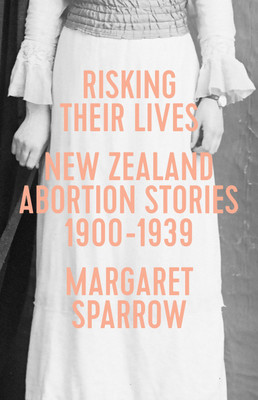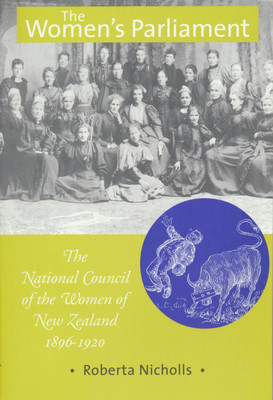Hide Description- Show Description+
December 2011
For more than a century, New Zealand governments have periodically put the House of Representatives into ‘urgency’. As its name suggests, urgency is a device by which legislation can be passed in a hurry if there is a genuine need to do so. But it also serves a more generic function. Urgency is used to extend the House’s sitting hours from time to time, so that the government of the day can get more done during its term in office than it would otherwise have time to. In short, urgency is a technique for prioritising government business in the House over other activities that we expect MPs to perform (both inside and outside Parliament).
What’s the Hurry? is the first in-depth study of the use of urgency in New Zealand. The authors document every use of urgency over a 24-year period (1987–2010) and analyse how, when, how much and why urgency is used. They conclude that, while some uses of urgency are relatively unproblematic, others are deeply troubling, particularly when urgency is used to avoid select committee scrutiny of legislation. They commend Parliament’s Standing Orders Committee for recommending changes to the regulatory framework governing urgency but wonder whether those changes go far enough.
‘The most comprehensive in-depth study of an aspect of New Zealand parliamentary procedure that I have seen.’ —David McGee QC






